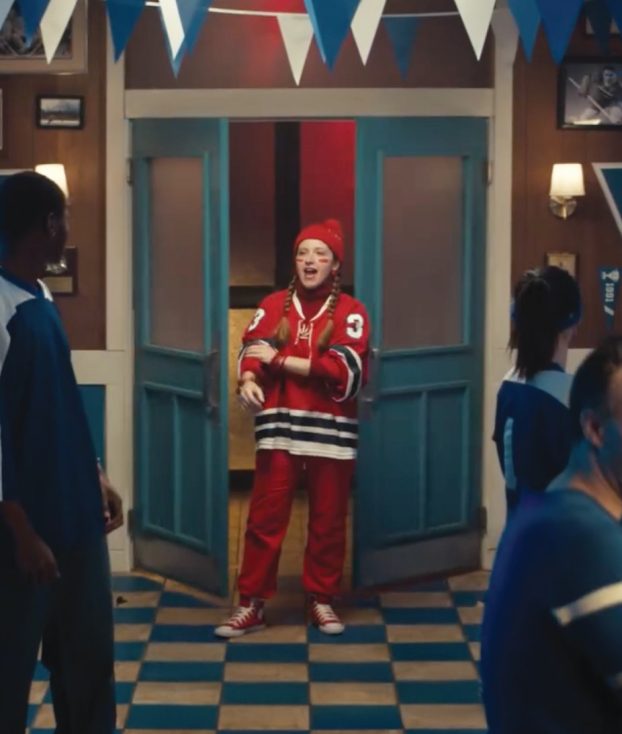Change is inevitable. Nothing stays the same.
Embrace these core truths and you’re on your way to realizing that, when it comes to reaching youth, things aren’t as difficult as many marketers believe.
First of all there’s that nasty trend of declining television viewing among youth. This is true, but it isn’t bad. It’s not bad because while TV viewing is down, total ‘screen time’ is up – by a lot.
People have always – and will always – want to be entertained. Youth may not be spending as much time ‘watching TV’ in the traditional sense, but if you expand the measurement of ‘time spent viewing’ to include time viewing DVDs, videos, computer screens and videogames, then you actually see an increase in the amount of ‘time spent viewing’ by youth.
Specifically, according to industry media measurement sources, teen TV viewing has dropped by around four hours per week over the past decade to a current level of approximately 13 hours per week. Figures tracked in Solutions Research Group’s syndicated study, In the Name of Cool, show teens in February 2003 spending 1.9 hours per day (13.3 hours per week) viewing TV.
However, teens are also spending 0.8 hours with DVDs/video, two hours with Internet and one hour playing video games each day, according to SRG’s February 2003 In the Name of Cool study. Taken cumulatively, that’s a total of 5.7 hours per day or 39.9 hours per week spent viewing screens. So rather than dropping four hours per week of TV viewing, instead they appear to have added the equivalent of a full day per week of viewing time, based on the expanded definition.
Granted, this is cold comfort if you happen to be a broadcaster, but this problem of a shrinking slice of a growing pie is one broadcasters share with many other youth-involved industries: jeans, soft drinks, snack foods, running shoes, and makeup, to name a few.
In each of these industries, the heritage brands are battling it out with an exploding number of competitors.
If you find yourself in that situation, what can you do?
First face some hard decisions. Do you really want to be a youth brand? If so, are you willing to reinvent yourself so that you’re specifically relevant to youth? Are you willing to give up your adult market in exchange? Can you provide a separate brand for the teens and devote the heritage brand to its adult consumer base?
These aren’t choices that had to be made as recently as 10 years ago, but today it’s very difficult to serve both adults and youth, and this may be particularly true in broadcast.
Why? Because these days, we’re not all sitting down to watch the family TV set together. Canadian households with teens have an average of three TVs, 93% have at least one computer, 81% have a video game console and 65% have a DVD player (Source: In the Name of Cool, Feb. 2003).
With these options available in their home, do you really think teens are going to opt to watch a show they aren’t interested in so that they can spend time with their folks?
And before you start blaming this on an overly self-indulgent group of teenagers, remember one more core truth: children are the product of their environment.
Youth are growing up with choice, the ability to access specialized content and a facility with technology that empowers them to do so. As they age, they’re unlikely to decide that they prefer stations with programming that isn’t relevant to them and an ambiguous brand identity.
They’ll look for clearly branded stations that provide consistent programming in keeping with a particular niche of interest to them. Brand clarity is a critical asset in grabbing consumers within a highly fragmented landscape. Today’s teens know the importance of brands and we can expect the generation coming up right behind them to continue to navigate this way.
For marketers, this means that we’re moving into a period in which TV stations and networks will, or should, continue to transform themselves from just program vehicles into branded entities. We already have some excellent examples of well-branded specialty channels: Discovery, TSN, TLC, Prime, W, A&E, MTV and MuchMusic, and newcomers such as Lonestar and Scream.
The period of massive ratings may be over (with a few notable exceptions, such as Star Académie), but what we’re getting instead is a period in which a marketer can truly work with a branded station to build communication strategies that leverage the relationship that the station has built with a loyal audience of viewers.
These viewers are easier to profile because they share common traits that make them easier to relate to. And that relationship will extend beyond the box with an opportunity for interactive communications via companion Internet sites, electronic newsletters, and who knows what else. The possibilities will only increase as technology continues to provide new ways to entertain, inform and communicate.
Now that’s not really bad news is it?
Michele Erskine is VP at Toronto-based marketing research firm Solutions Research Group Consultants. She can be contacted at merskine@srgnet.com.























